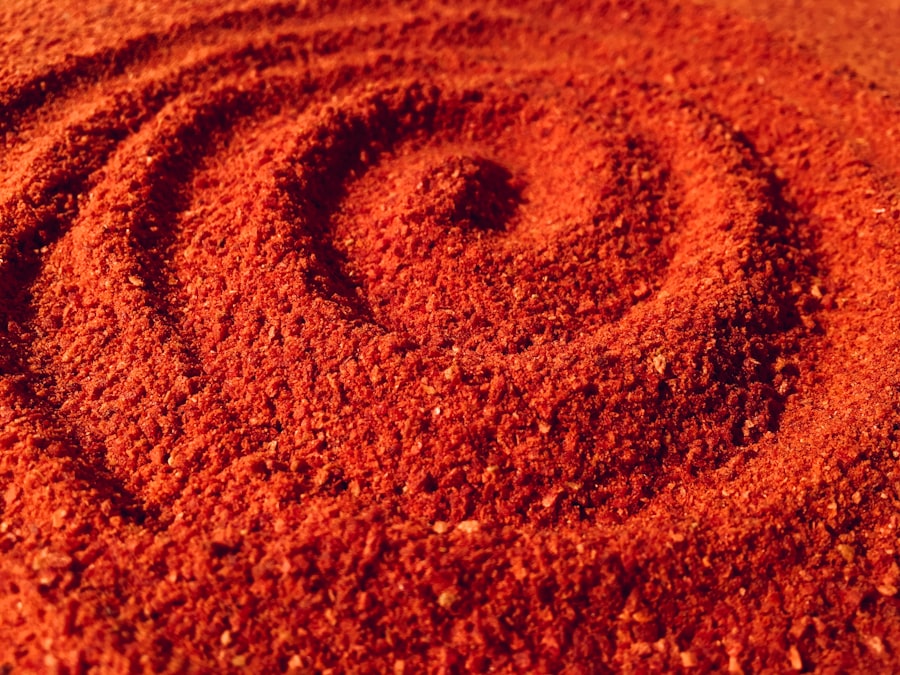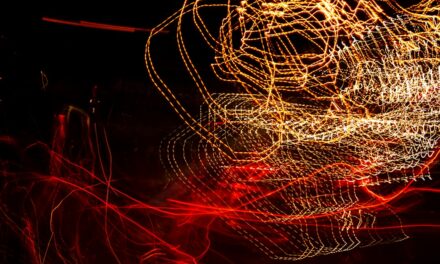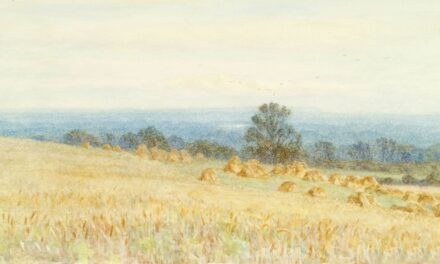Andy Goldsworthy was born on 26 July 1956 in Cheshire, England. Raised in a rural environment, he developed a profound connection with nature from a young age, which would later become a central theme in his artistic work. Goldsworthy attended Bradford College of Art from 1974 to 1978, where he studied fine art.
During this period, he began experimenting with natural materials and the environment, establishing the foundation for his future artistic practice. Upon completing his studies, Goldsworthy continued to explore the relationship between art and nature, ultimately gaining international recognition for his innovative approach to creating art within natural settings. Goldsworthy’s formative years and education significantly influenced his artistic vision and methodology.
His rural upbringing fostered a deep appreciation for the intricacies and beauty of the natural world. This appreciation, combined with his formal art education, formed the basis for his distinctive style and approach to artistic creation. Goldsworthy’s early experiences with nature and art were instrumental in shaping his perspective and inspiring him to investigate the intersection of art, nature, and the environment.
Summary
- Andy Goldsworthy was born in Cheshire, England in 1956 and studied at Bradford College of Art and Preston Polytechnic.
- Influenced by the land art movement and Japanese culture, Goldsworthy’s work often involves using natural materials like leaves, stones, and ice to create temporary sculptures.
- Goldsworthy’s art is deeply rooted in environmentalism, using his work to highlight the beauty and fragility of the natural world.
- Some of his major works include “Rain Shadows,” “Stone River,” and “Roof.”
- Goldsworthy’s impact on the art world has been significant, inspiring a new generation of artists to explore the relationship between art and nature.
Artistic Influences and Style
Andy Goldsworthy’s artistic influences are deeply rooted in the natural world. He draws inspiration from the shapes, textures, and patterns found in nature, as well as from the processes of growth, decay, and transformation. His work is characterised by a deep respect for the environment and a desire to create art that is in harmony with the natural world.
Goldsworthy’s style is defined by his use of natural materials such as leaves, stones, ice, and wood, which he often arranges or manipulates to create temporary or permanent installations. His approach to art-making is deeply intuitive and responsive to the specific qualities of each material and environment. Goldsworthy’s artistic style is also influenced by the concept of impermanence.
Many of his works are designed to change over time, reflecting the natural processes of growth, decay, and erosion. This emphasis on impermanence speaks to Goldsworthy’s belief in the transient nature of life and the interconnectedness of all living things. His work often invites viewers to contemplate the passage of time and the cyclical patterns of nature.
Goldsworthy’s artistic influences and style reflect his deep reverence for the natural world and his commitment to creating art that is both visually striking and conceptually rich.
Land Art and Environmentalism

Andy Goldsworthy is often associated with the Land Art movement, which emerged in the late 1960s and early 1970s as a response to the commercialisation of art and a growing concern for environmental issues. Land artists sought to create works that were integrated with the natural landscape, often using natural materials and earthworks to explore themes of ecology, sustainability, and human interaction with the environment. Goldsworthy’s work aligns closely with these principles, as he frequently creates site-specific installations that respond directly to the natural features of a given location.
Goldsworthy’s commitment to environmentalism is evident in his choice of materials and his approach to creating art. He often uses found materials such as leaves, twigs, and stones, which he gathers from the surrounding environment. By working with natural materials in situ, Goldsworthy minimises his impact on the landscape and creates works that are deeply rooted in their specific context.
His installations are designed to coexist with their surroundings, blurring the boundaries between art and nature. Through his Land Art practice, Goldsworthy advocates for a deeper appreciation of the natural world and a more sustainable approach to art-making.
Major Works and Installations
Andy Goldsworthy has created numerous major works and installations throughout his career, many of which have garnered international acclaim. One of his most well-known projects is “Rivers and Tides,” a documentary film released in 2001 that chronicles Goldsworthy’s creative process and showcases some of his most iconic works. The film captures Goldsworthy’s unique approach to creating art in nature, as well as the ephemeral nature of his installations.
Another notable work is “Roof,” a permanent installation at the National Gallery of Art in Washington, D.C., which features a series of large-scale slate sculptures that evoke the natural forms found in the surrounding landscape. In addition to these major works, Goldsworthy has created numerous site-specific installations around the world, each responding to the unique characteristics of its environment. His works range from delicate arrangements of leaves and petals to monumental stone sculptures that interact with the landscape in striking ways.
Goldsworthy’s installations invite viewers to engage with their surroundings in new and unexpected ways, prompting contemplation of the natural world and our place within it. His major works and installations have left a lasting impact on the art world, inspiring audiences to reconsider their relationship with nature and the environment.
Legacy and Impact
Andy Goldsworthy’s legacy is marked by his profound influence on contemporary art and environmentalism. His innovative approach to creating art in nature has inspired countless artists to explore new ways of engaging with the natural world. Goldsworthy’s emphasis on impermanence and ephemerality has challenged traditional notions of art-making, prompting a reevaluation of the relationship between art, time, and nature.
His work has also had a significant impact on environmentalism, as he advocates for a deeper connection with the natural world and a more sustainable approach to art-making. Goldsworthy’s legacy extends beyond his artistic practice to encompass his role as an advocate for environmental conservation. Through his work, he raises awareness of ecological issues and encourages viewers to consider their impact on the environment.
His commitment to creating art that is in harmony with nature serves as a powerful reminder of the interconnectedness of all living things. Goldsworthy’s legacy continues to inspire artists, environmentalists, and audiences around the world, shaping conversations about art, nature, and sustainability.
Critical Reception

Andy Goldsworthy’s work has been met with widespread critical acclaim for its innovative approach to creating art in nature. Critics have praised his ability to transform natural materials into thought-provoking installations that invite viewers to engage with their surroundings in new ways. Goldsworthy’s emphasis on impermanence and ephemerality has been lauded for its ability to prompt contemplation of the passage of time and the cyclical patterns of nature.
Critics have also commended Goldsworthy for his commitment to environmentalism and his advocacy for a more sustainable approach to art-making. While Goldsworthy’s work has received widespread praise, some critics have raised questions about the longevity of his installations and their impact on the environment. The temporary nature of many of his works has led to discussions about their preservation and documentation, as well as their potential ecological footprint.
Despite these concerns, Goldsworthy’s work continues to be celebrated for its ability to challenge traditional notions of art-making and prompt reflection on our relationship with nature. His critical reception reflects the ongoing dialogue about art, impermanence, and environmental responsibility.
Continuing Influence and Relevance
Andy Goldsworthy’s influence continues to be felt in contemporary art and environmental discourse. His innovative approach to creating art in nature has inspired a new generation of artists to explore the intersection of art, ecology, and sustainability. Goldsworthy’s emphasis on impermanence has prompted a reevaluation of traditional notions of art-making, encouraging artists to consider the transient nature of their work and its relationship to time and place.
His commitment to environmentalism has also had a lasting impact on conversations about conservation and our connection to the natural world. Goldsworthy’s relevance extends beyond the art world to encompass broader discussions about environmental responsibility and sustainability. His work serves as a powerful reminder of the fragility and interconnectedness of all living things, prompting viewers to consider their impact on the environment.
As climate change and ecological degradation continue to be pressing global issues, Goldsworthy’s message about our relationship with nature remains as relevant as ever. His continuing influence underscores the enduring significance of his work in shaping conversations about art, nature, and our place within the natural world. In conclusion, Andy Goldsworthy’s early life and education greatly influenced his artistic vision and approach.
His upbringing in the countryside instilled in him a profound appreciation for the beauty and complexity of the natural world. Goldsworthy’s artistic influences are deeply rooted in the natural world. He draws inspiration from the shapes, textures, and patterns found in nature, as well as from the processes of growth, decay, and transformation.
Andy Goldsworthy is often associated with the Land Art movement, which emerged in response to growing concern for environmental issues. Land artists sought to create works that were integrated with the natural landscape, often using natural materials and earthworks to explore themes of ecology, sustainability, and human interaction with the environment. Andy Goldsworthy has created numerous major works and installations throughout his career, many of which have garnered international acclaim.
One of his most well-known projects is “Rivers and Tides,” a documentary film released in 2001 that chronicles Goldsworthy’s creative process and showcases some of his most iconic works. Andy Goldsworthy’s legacy is marked by his profound influence on contemporary art and environmentalism. His innovative approach to creating art in nature has inspired countless artists to explore new ways of engaging with the natural world.
Critics have praised his ability to transform natural materials into thought-provoking installations that invite viewers to engage with their surroundings in new ways. Andy Goldsworthy’s influence continues to be felt in contemporary art and environmental discourse. His innovative approach to creating art in nature has inspired a new generation of artists to explore the intersection of art, ecology, and sustainability
If you are interested in learning more about different art movements, you may want to check out the article on Expressionism. This artistic style, which originated in Germany in the early 20th century, is known for its bold and emotional use of colour and brushwork. You can read more about Expressionism here.
FAQs
Who is Robert Smithson?
Robert Smithson was an American artist known for his pioneering work in the Land Art movement. He was born in 1938 and passed away in 1973.
What is Land Art?
Land Art, also known as Earth Art, is an art movement that emerged in the 1960s and 1970s. It involves creating art directly in the landscape using natural materials such as rocks, soil, and plants.
What are some of Robert Smithson’s most famous works?
Smithson’s most famous work is “Spiral Jetty,” a large-scale spiral-shaped earthwork that juts out into the Great Salt Lake in Utah. He also created “Broken Circle/Spiral Hill” in the Netherlands and “Partially Buried Woodshed” at Kent State University.
What influenced Robert Smithson’s work?
Smithson was influenced by the concept of entropy, the idea of decay and disintegration, as well as the relationship between art and the natural environment. He was also inspired by the writings of philosophers and thinkers such as Friedrich Nietzsche and Gilles Deleuze.
What is the significance of Robert Smithson’s work?
Smithson’s work challenged traditional notions of art and the gallery space, pushing the boundaries of where art could be created and experienced. His work also raised important questions about the relationship between humans and the natural world.




